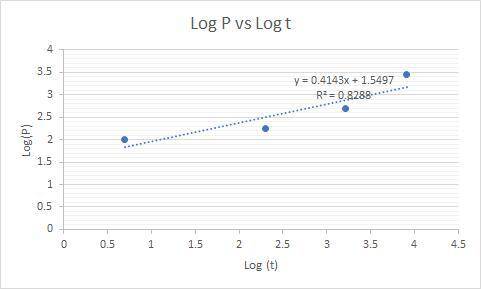
Business, 17.01.2020 00:31 lolololol21
Suppose the world population today is 7 billion, and suppose this population grows at a constant rate of 3% per year from now on. (this rate is almost certainly much faster than the future population growth rate)a. what would the population equal 100 years from now? b. compute the level of the population for t =0, t =1, t =2, t =10, t =25, and t =50.today is t = 0.c. make a graph of population versus time (on a standard scale).d. now make the same graph on a log scale

Answers: 1


Another question on Business

Business, 22.06.2019 08:30
Sonic corp. manufactures ski and snowboarding equipment. it has estimated that this year there will be substantial growth in its sales during the winter months. it approaches the bank for credit. what is the purpose of such credit known as? a. expansion b. inventory building c. debt management d. emergency maintenance
Answers: 3

Business, 22.06.2019 11:20
Money aggregates identify whether each of the following examples belongs in m1 or m2. if an example belongs in both, be sure to check both boxes. example m1 m2 gilberto has a roll of quarters that he just withdrew from the bank to do laundry. lorenzo has $25,000 in a money market account. neha has $8,000 in a two-year certificate of deposit (cd).
Answers: 3

Business, 22.06.2019 12:50
Demand increases by less than supply increases. as a result, (a) equilibrium price will decline and equilibrium quantity will rise. (b) both equilibrium price and quantity will decline. (c) both equilibrium price and quantity will rise
Answers: 3

Business, 22.06.2019 13:00
Reliability and validity reliability and validity are two important considerations that must be made with any type of data collection. reliability refers to the ability to consistently produce a given result. in the context of psychological research, this would mean that any instruments or tools used to collect data do so in consistent, reproducible ways. unfortunately, being consistent in measurement does not necessarily mean that you have measured something correctly. to illustrate this concept, consider a kitchen scale that would be used to measure the weight of cereal that you eat in the morning. if the scale is not properly calibrated, it may consistently under- or overestimate the amount of cereal that’s being measured. while the scale is highly reliable in producing consistent results (e.g., the same amount of cereal poured onto the scale produces the same reading each time), those results are incorrect. this is where validity comes into play. validity refers to the extent to which a given instrument or tool accurately measures what it’s supposed to measure. while any valid measure is by necessity reliable, the reverse is not necessarily true. researchers strive to use instruments that are both highly reliable and valid.
Answers: 1
You know the right answer?
Suppose the world population today is 7 billion, and suppose this population grows at a constant rat...
Questions











Advanced Placement (AP), 28.08.2019 20:10





Computers and Technology, 28.08.2019 20:10



Computers and Technology, 28.08.2019 20:10












 represent the initial amount for the starting year t=0.
represent the initial amount for the starting year t=0. , so then our model would be given by:
, so then our model would be given by:




